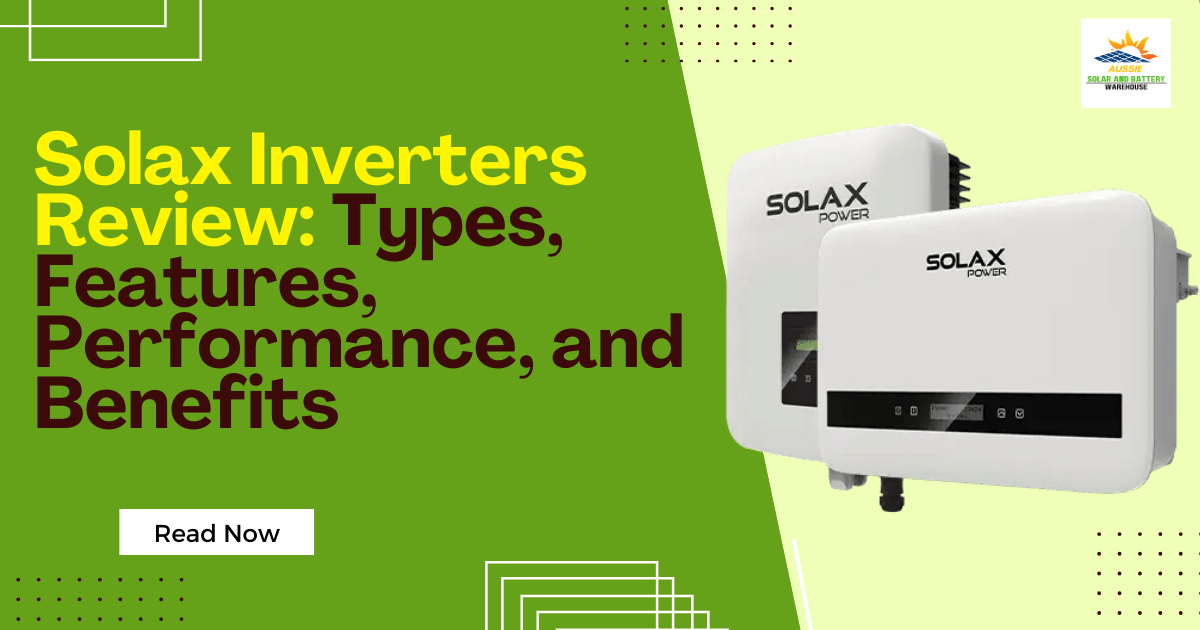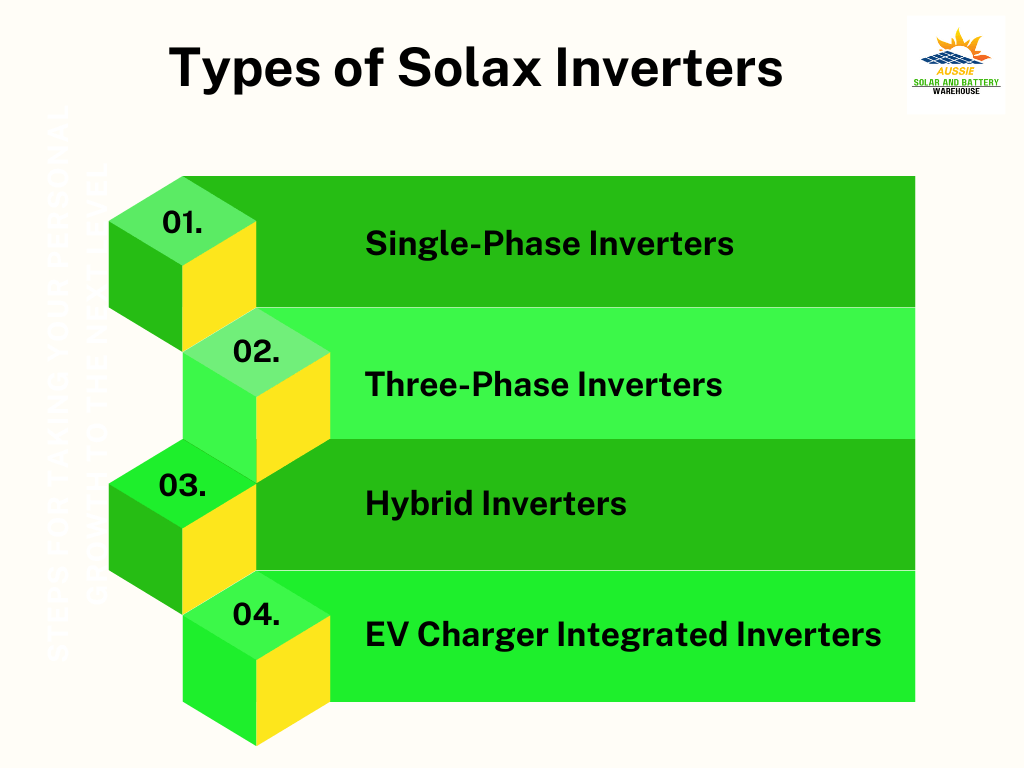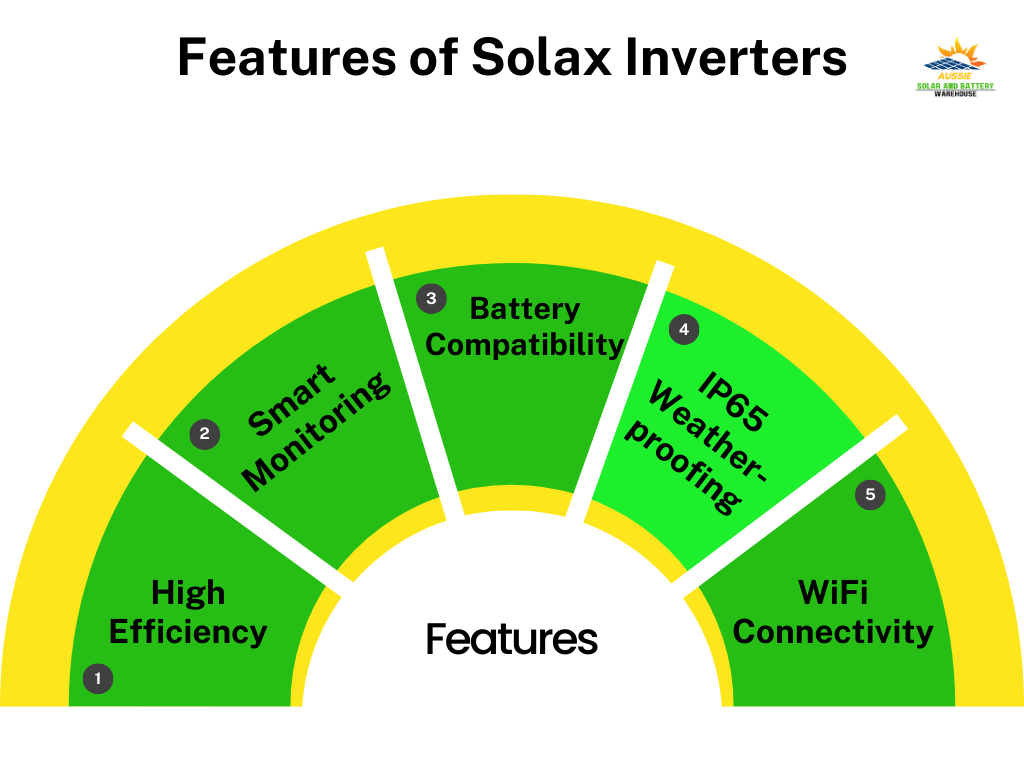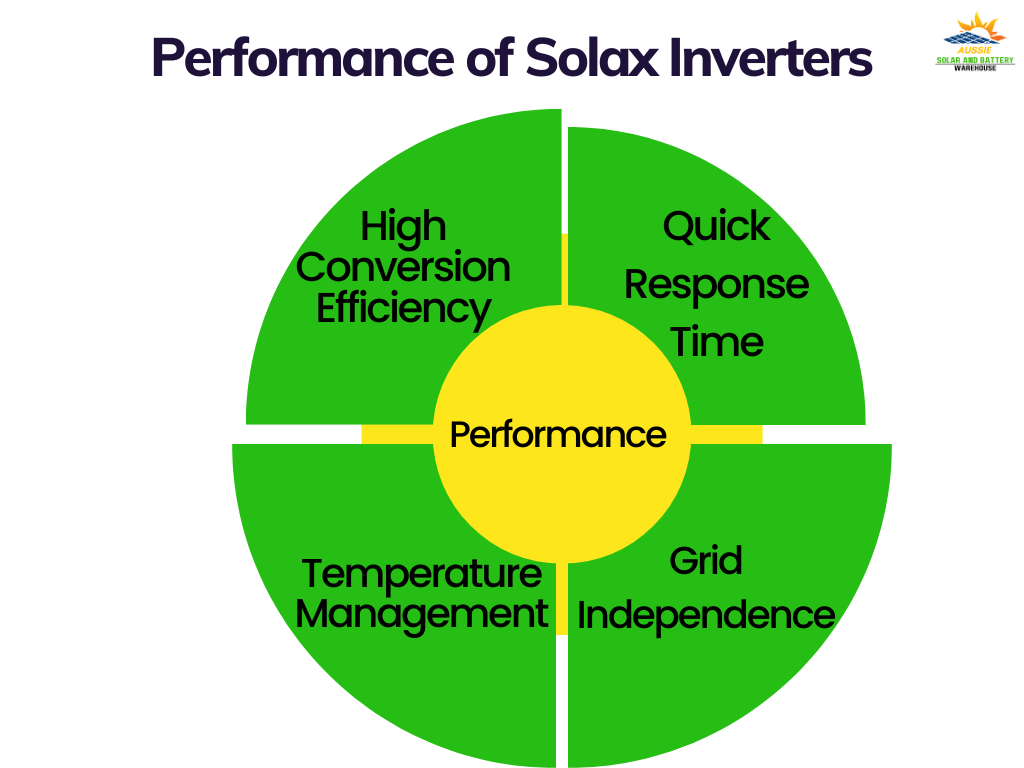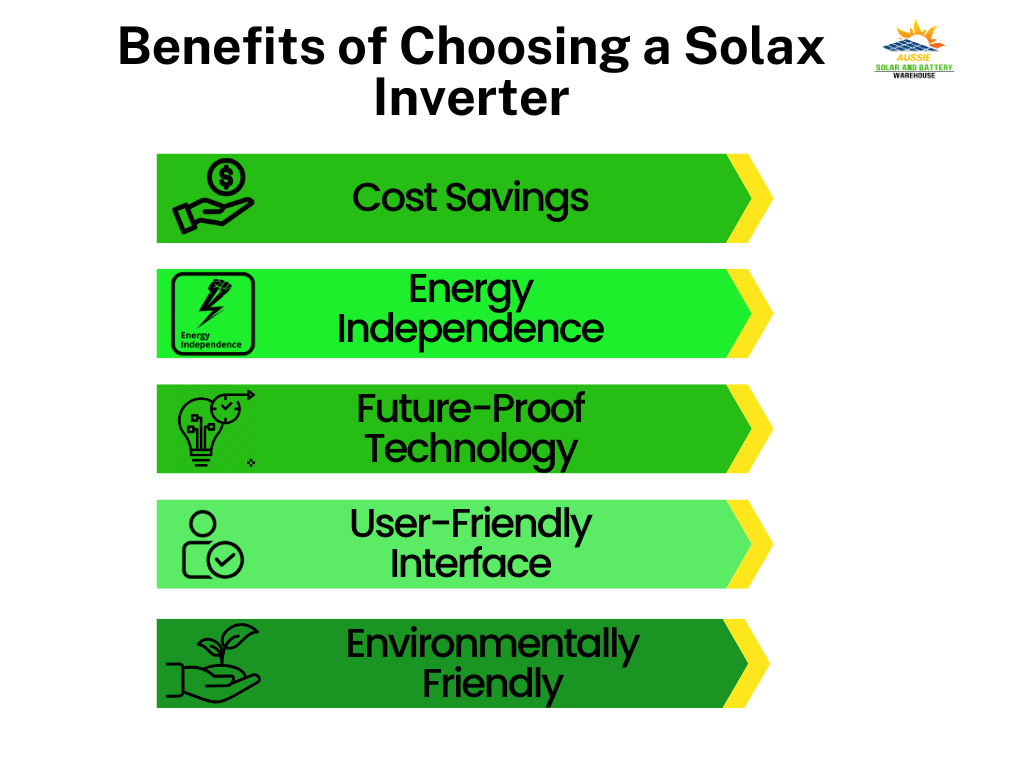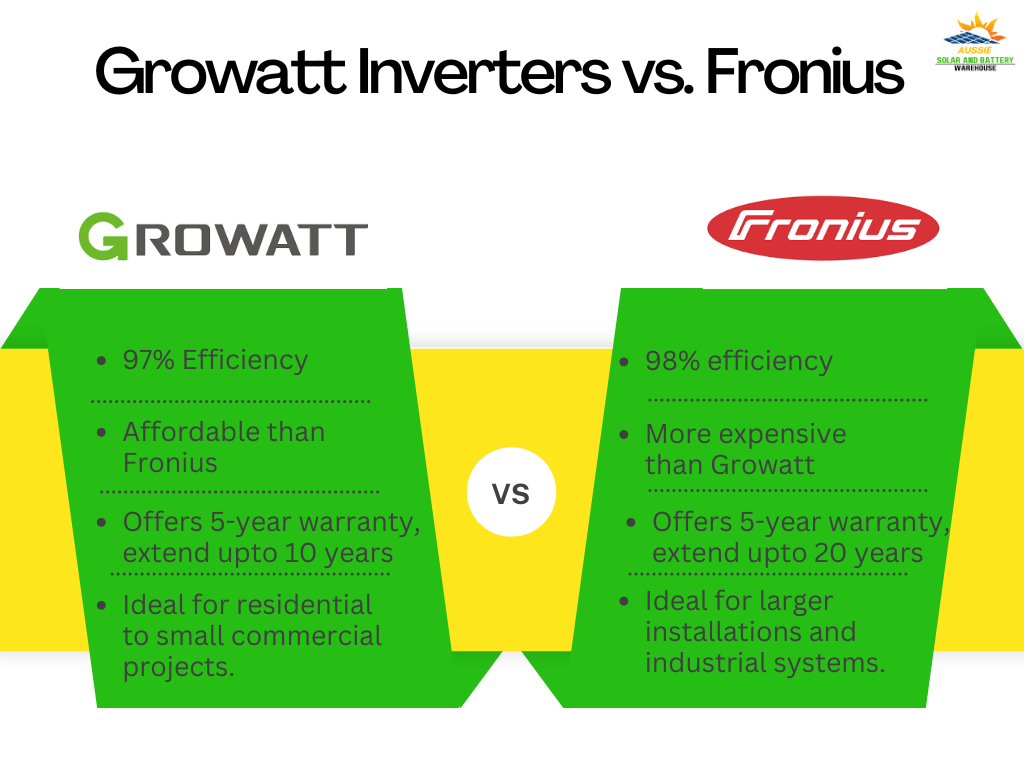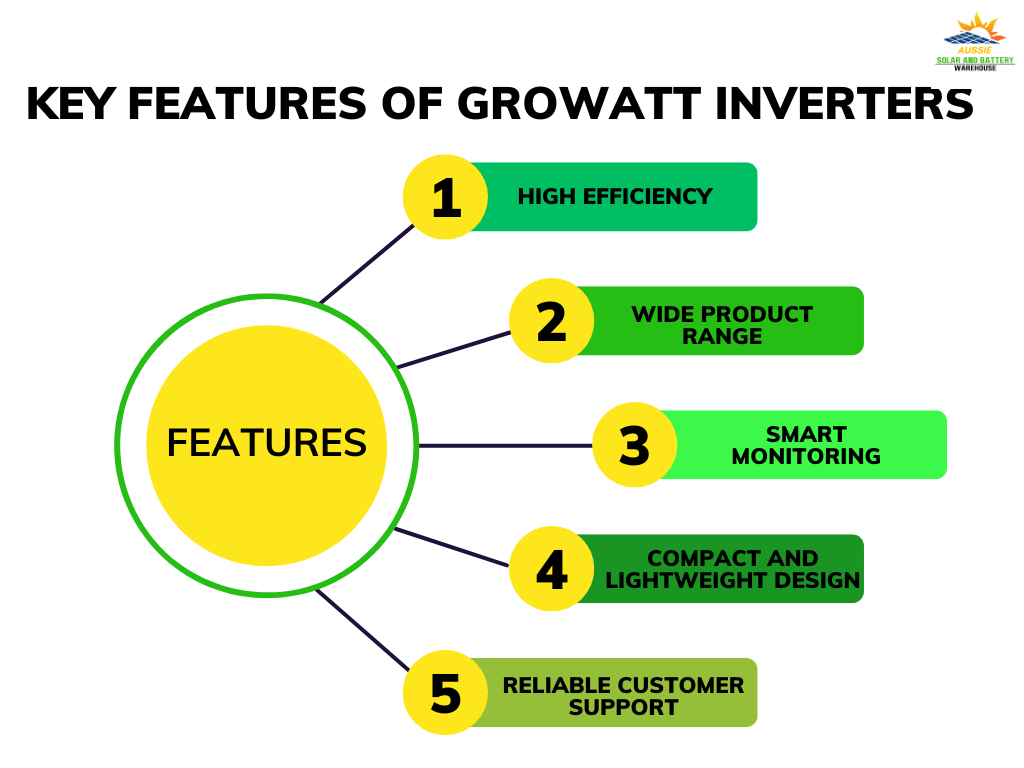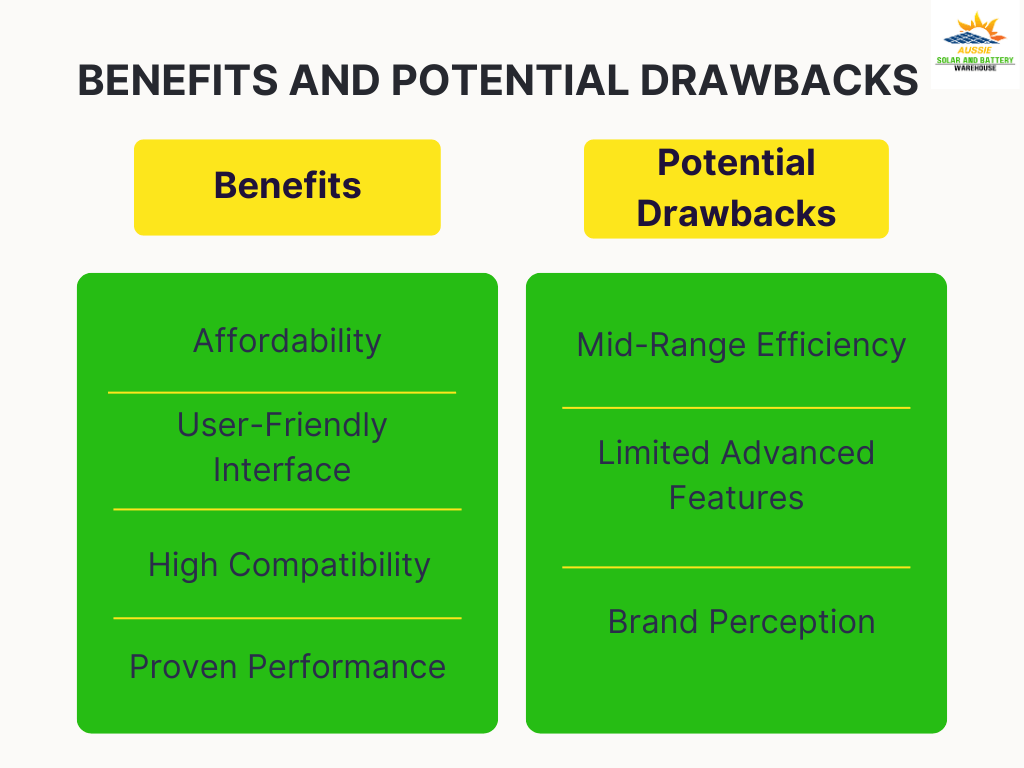
Introduction:
Switching to solar energy is a wise, eco-conscious decision that not only slashes your electricity bills but also significantly reduces your carbon footprint. While installing a solar system may initially appear complex, it’s entirely manageable with the right guidance. This solar panel installation comprehensive guide will walk you through understanding your energy needs, selecting the appropriate equipment, securing necessary permits, and successfully installing your solar panels.
With this step-by-step guide, the process is simplified, ensuring you maximize the benefits of your solar investment while making a positive impact on the environment.
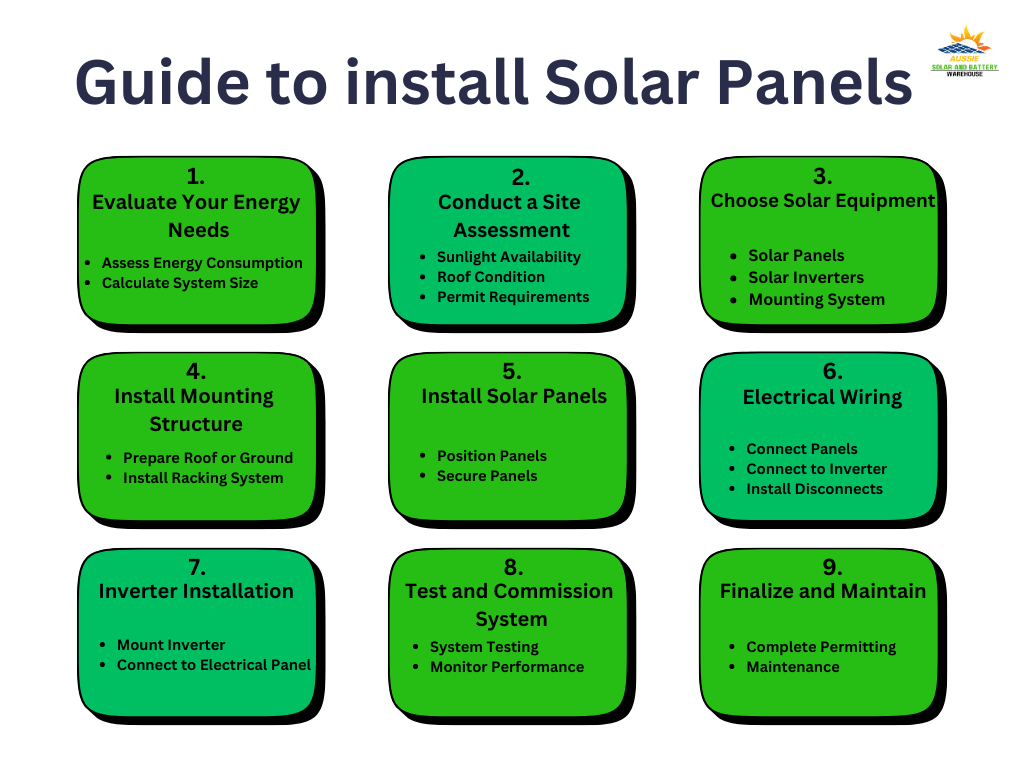
1. Evaluate Your Energy Needs
- Assess Energy Consumption: Review your past electricity bills to understand your average monthly energy consumption. This helps determine the size of the solar system you need.
- Calculate System Size: Calculate the kilowatt (kW) capacity based on your energy needs. Each kW of solar panels typically generates about 1,000 kWh per year.
2. Conduct a Site Assessment
- Sunlight Availability: Evaluate your site’s solar potential. Ensure there are minimal obstructions like trees or buildings blocking sunlight.
- Roof Condition: Check if your roof is structurally sound and suitable for solar panel installation. Consider its age, orientation, and material.
- Permit Requirements: Contact local authorities to understand permit requirements and ensure compliance with building codes.
3. Choose Solar Equipment
- Solar Panels: Select between monocrystalline, polycrystalline, or thin-film panels based on efficiency, space availability, and budget.
- Inverter: Choose between string inverters (single central inverter) or microinverters (each panel has its own inverter). Consider efficiency and shading issues.
- Mounting System: Decide on roof-mounted or ground-mounted installation based on available space and sun exposure.
4. Install Mounting Structure
- Prepare Roof or Ground: Clean and prepare the installation area. Ensure proper sealing and waterproofing for roof installations.
- Install Racking System: Securely mount racking rails or posts to support solar panels. Follow manufacturer instructions for spacing and alignment.
5. Install Solar Panels
- Position Panels: Place solar panels on the mounting structure according to the planned layout. Ensure panels are properly oriented for maximum sunlight exposure.
- Secure Panels: Use appropriate clamps or brackets to secure panels to the mounting structure. Tighten securely to prevent movement.
6. Electrical Wiring
- Connect Panels: Wire solar panels in series or parallel configurations to match system voltage and current requirements.
- Connect to Inverter: Route DC cables from panels to the inverter location. Connect positive and negative terminals of panels to corresponding terminals on the inverter.
- Install Disconnects: Install AC and DC disconnects near the inverter for maintenance and safety purposes.
7. Inverter Installation
- Mount Inverter: Securely mount the inverter in a well-ventilated area. Ensure adequate space for cooling and maintenance access.
- Connect to Electrical Panel: Connect the inverter to your home’s electrical panel through a dedicated circuit breaker. Ensure proper grounding and compliance with electrical codes.
8. Test and Commission System
- System Testing: Power on the system and test functionality. Ensure solar panels are generating electricity and the inverter is converting DC to AC power.
- Monitor Performance: Use monitoring software or meters to track energy production. Verify that the system meets expected performance levels.
9. Finalize and Maintain
- Complete Permitting: Submit final documentation to local authorities and utility companies for system activation and approval.
- Maintenance: Regularly inspect and clean solar panels. Monitor system performance and address any issues promptly. Consider professional maintenance for optimal efficiency.
In conclusion, switching to solar energy is not only a financially sound decision but also a vital step towards a more sustainable future. While the process of installing a solar panels may seem complex, with the right guidance and careful planning, it becomes an achievable task.
By thoroughly assessing your energy needs, selecting the appropriate equipment, securing the necessary permits, and following a structured installation process, you can maximize the benefits of your solar investment.
This guide ensures that you navigate each step with confidence, leading to long-term savings, energy independence, and a reduced environmental impact. Embrace the power of solar energy and take a significant step toward a brighter, greener future.
Ready to take the next steps?
Installing a solar system involves careful planning, proper equipment selection, and adherence to local regulations. If you are looking to hire professionals to install solar panels then contact us today to explore our range of top-quality solar products and professional installation services.
Our experts will guide you through every step, from selecting the right system to seamless installation and ongoing maintenance.
Call us at at 1300 559 829 or email at sales@aussiesolarbattery.com.au for a free consultation and quote today

